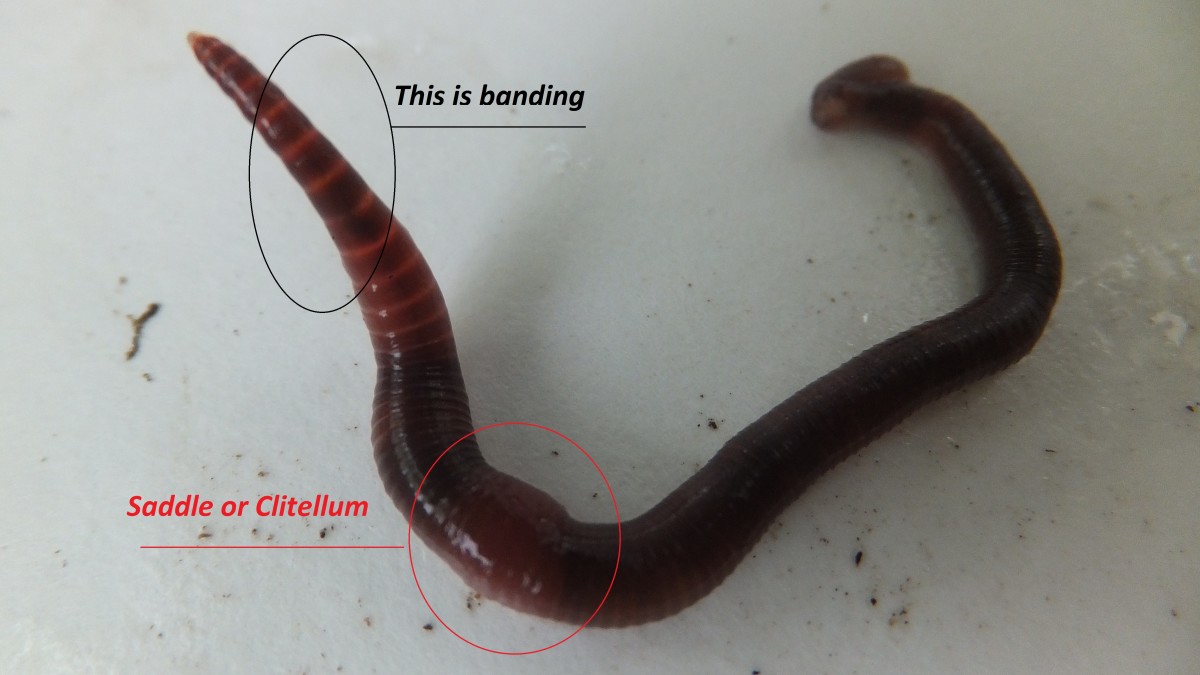Red Wiggler Worms - Natural Option for Environmentally Friendly Composting
Red Wiggler Worms - Natural Option for Environmentally Friendly Composting
Blog Article
Making The Most Of the Conveniences of Red Wiggler Worms: A Comprehensive Manual for Home Gardeners and Urban Farmers
In the realm of lasting gardening practices, red wiggler worms stand as unrecognized heroes, quietly transforming organic waste into nutrient-rich castings that can work wonders for soil health. By exploring the intricacies of how to effectively care for and take full advantage of the benefits of red wiggler worms, individuals can open a wealth of opportunities for boosting the sustainability and performance of their horticulture ventures.
Comprehending Red Wiggler Worms
Red Wiggler worms, renowned for their effective composting capabilities, are a types of earthworms extensively made use of in vermiculture techniques. These worms, clinically recognized as Eisenia fetida, grow in decomposing natural product, making them ideal candidates for composting.
One key quality of Red Wiggler worms is their reproductive price. These hermaphroditic animals have both male and women reproductive body organs, enabling them to replicate quickly under positive problems. A mature Red Wiggler can generate numerous spawn in a brief period, making sure a consistent populace within a composting system.

Establishing a Worm Container
When establishing a worm bin for vermiculture purposes, appropriate prep work and attention to detail are important for creating a favorable atmosphere for Red Wiggler worms. Begin by choosing an appropriate container for your worm bin.

Place the worm container in a great, dark place far from direct sunlight and severe temperatures. Routinely monitor the dampness levels, including water if the bed linen really feels dry or half-cracked. Feed the worms a balanced diet regimen of fruit and vegetable scraps, avoiding citrus fruits, onions, and spicy foods. By complying with these steps, you can establish a growing worm container that will efficiently refine organic waste right into nutrient-rich vermicompost for your garden.
Feeding and Maintaining Worms
Guaranteeing a nourishing and balanced diet plan is vital for the wellness and performance of Red Wiggler worms in a vermiculture system. It is important to avoid feeding them citrus fruits, onions, garlic, dairy products, meat, and oily foods as these can be harmful to the worms or cause unpleasant smells in the container.
Appropriate wetness levels are likewise vital for the wellness of Red Wiggler worms. The bed linen ought to feel like a moist sponge, giving adequate dampness for the worms to take a breath with their skin. Consistently examine the dampness degrees and change by adding water or dry bedding product as required. In addition, keeping correct temperature level problems in between 55-77 ° F(13-25 ° C )will guarantee optimum worm task and reproduction. By vigilantly monitoring their diet regimen, dampness, and environmental conditions, home garden enthusiasts and city farmers can maintain a healthy and balanced and efficient Red Wiggler worm populace for composting purposes.
Harvesting Worm Spreadings
To effectively remove nutrient-rich worm castings from the vermicompost, an organized harvesting process is important for optimizing the composting advantages. The initial action in gathering worm castings is to urge the worms to migrate to one side of the bin.
After the spreadings have been harvested, it is very important to divide any kind of staying worms from the spreadings to avoid damaging them during storage or application. One reliable method is to create cone-shaped stacks of spreadings under go to my blog intense light. Worms will instinctively move away from the light, permitting for simple splitting up and my sources elimination.
Lastly, the harvested worm spreadings must be saved in an amazing, dark, and completely dry area to keep their high quality and performance as a nutrient-rich soil change. By complying with these actions, home gardeners and metropolitan farmers can make the most of the benefits of red wiggler worms in their vermicomposting systems.
Using Worm Castings in Horticulture
The incorporation of nutrient-rich worm spreadings right into yard dirt can significantly improve plant development and general dirt wellness. Worm spreadings, additionally called vermicast, are a natural fertilizer produced by red wiggler worms as they break down organic issue. These spreadings are abundant in crucial nutrients like nitrogen, phosphorus, potassium, and beneficial germs that advertise plant development and enhance dirt framework.
When using worm castings in gardening, it is necessary to blend them extensively right into the dirt or utilize them as a leading clothing around plants. The slow-release nature of worm spreadings makes certain a constant supply of nutrients to plants gradually, lowering the danger of nutrient leaching and promoting long-lasting soil fertility. In addition, worm spreadings help boost dirt aeration, water retention, and microbial task, producing a healthy atmosphere for plant roots to thrive.

Verdict
In conclusion, the utilization of red wiggler worms in home gardening and urban farming can considerably profit soil health and plant growth. By understanding how to set up and maintain a worm bin, feed the worms correctly, and gather their nutrient-rich castings, gardeners can maximize the benefits of these earthworms.
In the world of sustainable horticulture methods, red wiggler worms stand as unrecognized heroes, quietly transforming natural waste right into nutrient-rich spreadings that can function wonders for soil wellness.When establishing a worm container for vermiculture objectives, correct prep work and interest to detail are vital for creating a helpful setting for Red Wiggler worms. The initial action in harvesting worm castings is to urge the worms to move to one side of the bin. Worm castings, additionally recognized as vermicast, are a natural plant food generated by red wiggler worms as they damage down organic issue. By recognizing exactly how to set up and keep a worm container, feed the worms appropriately, and gather their nutrient-rich castings, garden enthusiasts can make the most of the advantages of these earthworms.
Report this page